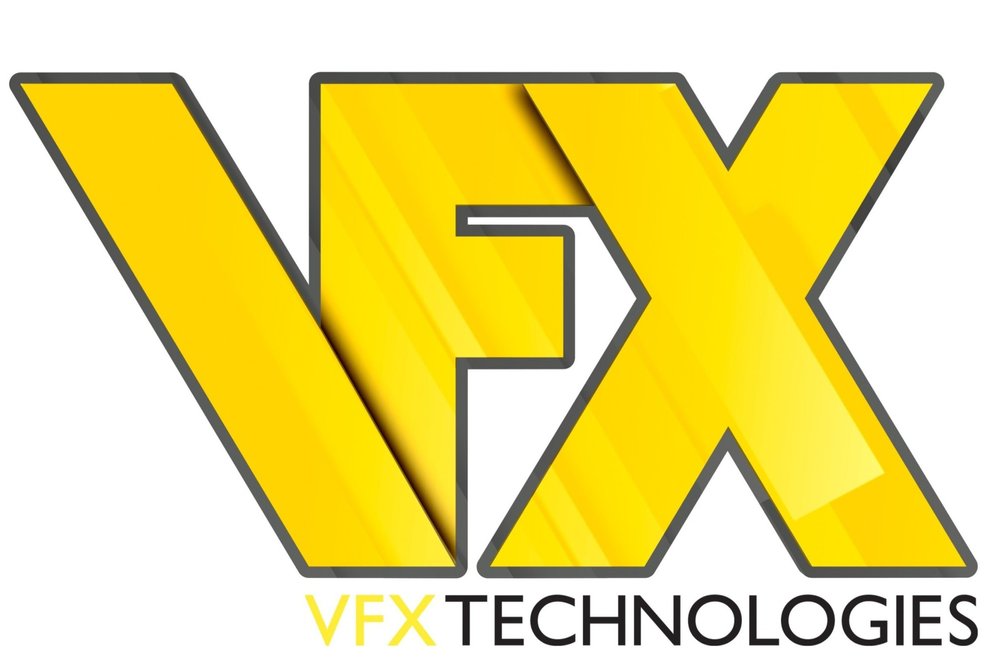Our company rents computers and servers and often our clients are smaller facilities that have to scale up for a big job. These customers usually don't have an IT person on hand to deal with the inevitable hiccups that occur when you have a lot of equipment around.
Even though we provide support, we've learned that we have to emphasize to our renters that if there's a problem, call us first! All too often in the heat of the moment, someone on their team decides he or she will try a few things. Not good!
I thought it would be helpful to share some thoughts with you as to how to avoid turning a simple problem into a disaster.
The first rule, don't do anything while the machine is running a process. Wait as long as you can and add 15 minutes to that. Rebooting can solve a lot of problems but not if you kill the power while the machine is computing. Never kill the power, period! Restart the device using a command, doing a force quit, or pressing the power button. Don't pull the plug.
Along the same lines let's talk about removable hard drives. Do nothing while they're reading or writing data. Typically, this is indicated by a rapidly flashing light on the front of the drives. One of the worst expressions associated with RAID arrays is 'hot-swappable.' If you think one of the drives in your RAID is faulty, follow a safe procedure or call us at VFX Technologies for support. Ejecting a drive or a flash card without following proper procedures can lead to a catastrophic disaster, possibly the loss of all data on the device.
Keep your original media assets safe and close by while you're working. Save and back up, use a RAID if you can and if you can have a near-line server or backup to drives, even better. There are very simple methods of backing up the critical folders of a job quickly and easily. Depending on the specifics, I can share this information with you, just drop me a line.
A good practice, if you can, is to keep your project on a network not connected to the Internet. If your team can be on workstations and storage servers independent of the primary network, you avoid a lot of potential problems such as intrusion, malware infection, misuse of assets, and loss of productivity. There are several approaches to this solution that depend on your circumstances. Again, if you want to know more, get in touch with me.
There is a basic list of reasons why computers and storage fails. At the top of the list is human error. Be patient with your gear and if you don't know why it's not working, don't try to guess. Support is out there for you. Here's a quick list of what else you can do to keep things running smoothly:
- Have a Battery Backup Device (UPS) or a surge protector at least.
- Keep your software up to date.
- Have virus protection.
- Keep your equipment in a cool and clean environment.
- Don't ignore warning signs, error messages, or system crashes.
It's easier to solve a small problem than a big one. It's better to make sure your systems are in good condition before you start a project. It's smarter to ask for help when a problem arises.
-Jim Reisman



